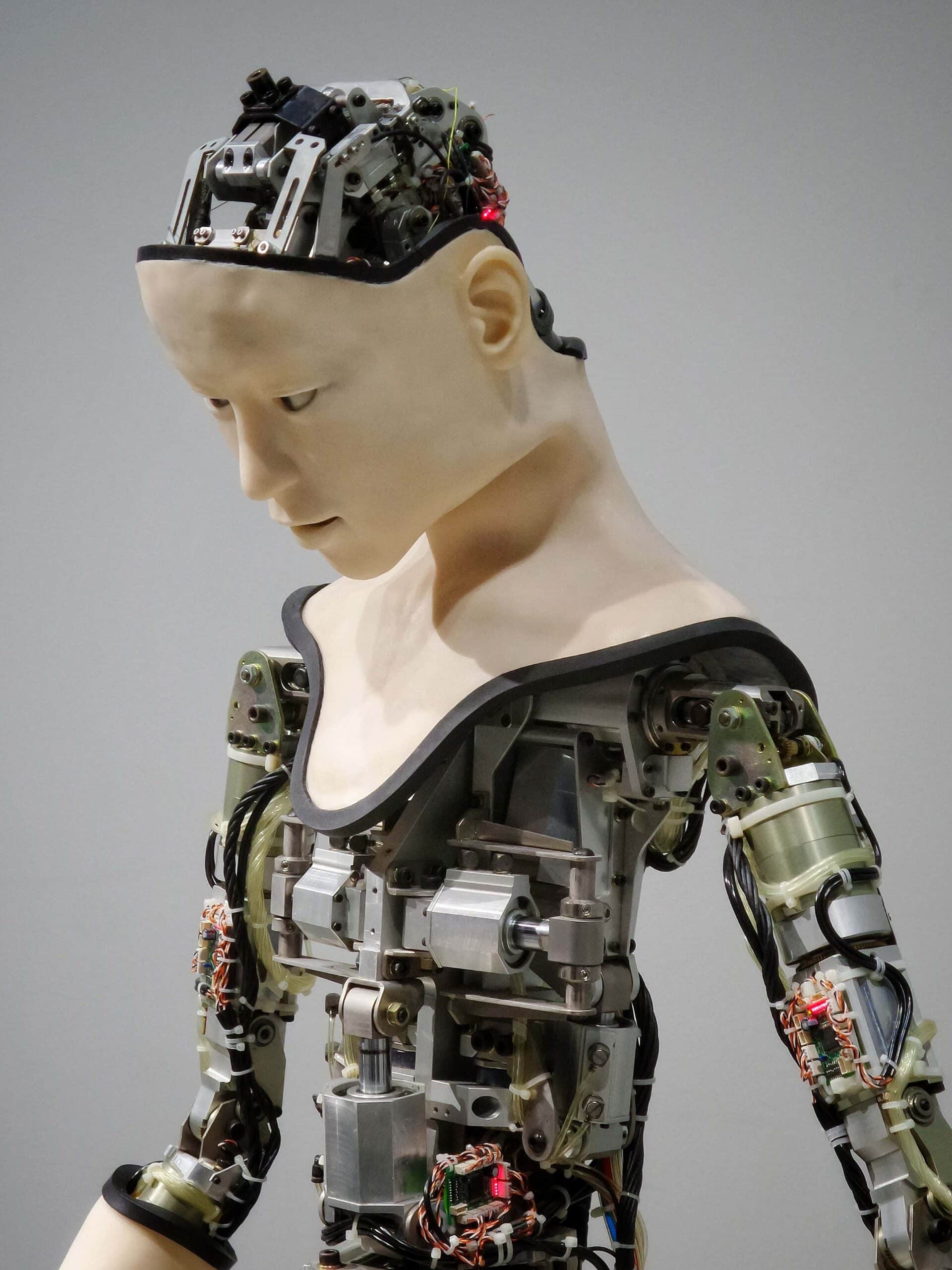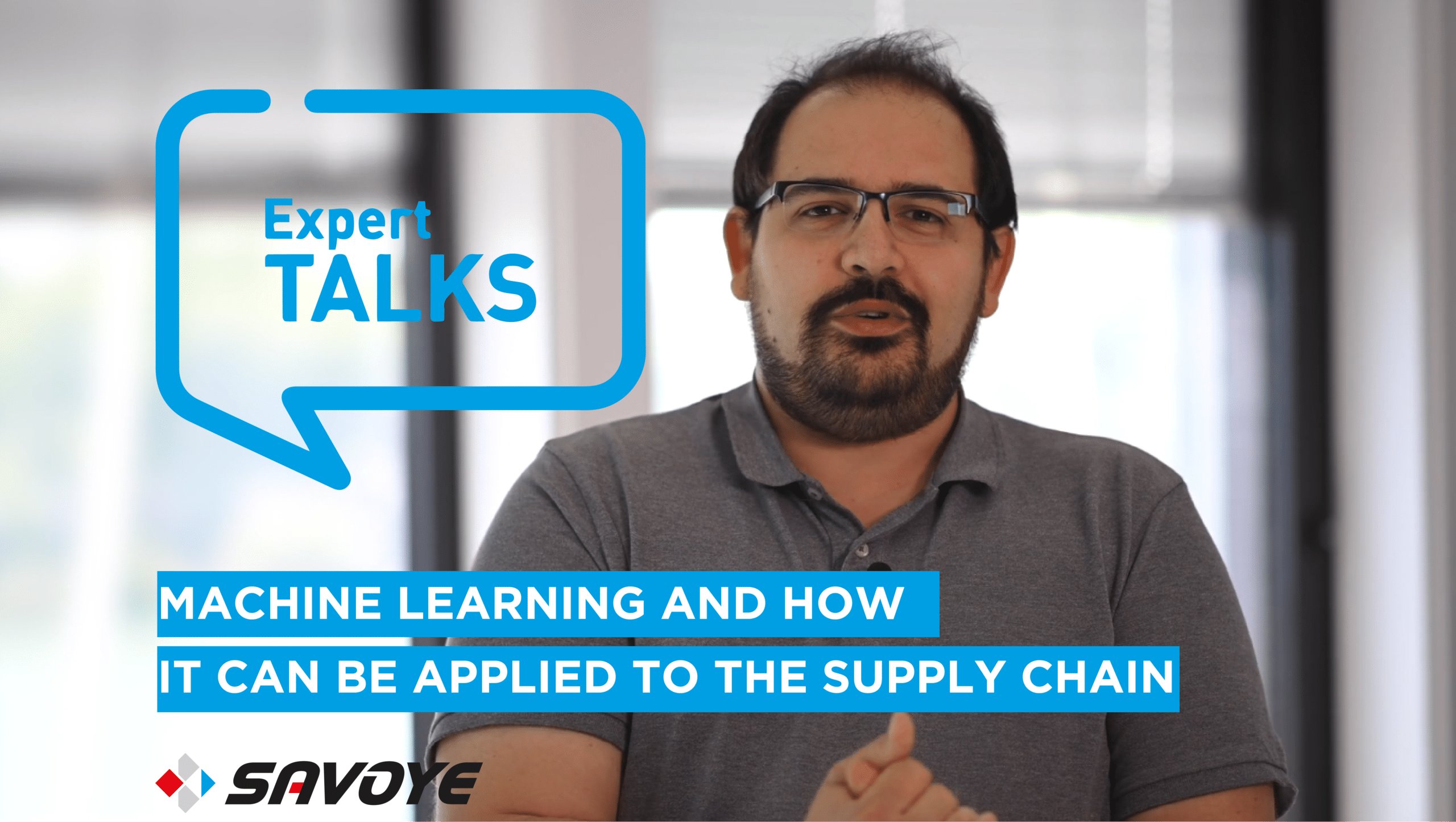The challenge of optimizing and correcting these operations is based entirely on the correct setting of these thresholds by the business expert, who must report as faithfully as possible on the right procedures to be implemented in order to act intelligently. Nevertheless, the operations are all essentially carried out reactively. Thus, an initial level of AI application in this context is essentially to be able to identify the most appropriate thresholds, but also to predictively anticipate the overrun of future thresholds. it will be necessary to call on an additional resource to absorb the workload. All these values configured in WMS and WCS, and which are usually the prerogative of business experts, can now be learned in a granular manner by AI modules in order to provide these experts with decision assistance tools that support their knowledge.
The use of this technology can make it possible to offer users modules to help manage tool configuration. We can cite, for example, the fine management of rotation classes which can adapt automatically to future situations rather than being handled manually. Or even to set the minimum quantity thresholds for a product reference in the preparation station, before launching a replenishment wave, or to better estimate the quantity of order lines to prepare, from which it will be necessary to call on an additional resource to absorb the workload. All these values configured in WMS and WCS, and which are usually the prerogative of business experts, can now be learned in a granular manner by AI modules in order to provide these experts with decision assistance tools that support their knowledge.
FORECAST
The main challenge for good control of warehouse operations by business experts who operate WMS and WCS is to set these threshold values such that the operations they entail allow the targeted flow to be achieved in a proactive manner. In this context, the management of intra-logistic operations represents a balancing act in which the warehouse manager juggles between the fragmented information available to him:
- What are the known order lines to prepare?
- What are the resources required to respond?
- What is the stock status?
- What are the truck appointments to observe?
… and the unknown information that arrives progressively:
- The continuous or batch flow of new orders to prepare
- The actual operation execution time
- Unplanned issues and contingencies
Thus, better identifying and anticipating all the events that punctuate the launch of operations makes it possible to avoid risk situations, but above all, coupled with policies to optimize operations (until now limited due to available information), to better understand all the processes. As an example, we can list the possibility of not incurring order shortages, or the launch of waves of urgent orders and of smoothing the load to support better flow.
Converting a smart configuration whose objective is to contain the undesirable effects of dynamics to better manage them: this is one of the main benefits that AI can bring to the Supply Chain and its optimization. As an example, we can mention the issue of Labor Management in which warehouse managers seek to know in advance the number of operators required to pass the coming flow in order to plan the necessary staffing on a daily basis. In the current context, WMSs try to cover the load transmitted to them by the ERP as soon as this latter knows all the orders to prepare. WMS configuration is responsible for translating this order volume into a number of necessary resources and the expected number of operators is deduced therefrom. A Labor Management module feed by Machine Learning algorithms, capitalizes on past experiences to better estimate the number of operators required. This freeing the user from having specific knowledge of the orders in the ERP, and additionally correlates as a parameters in the WMS of the number of people necessary. Thus, the forecast allows finer and more upstream predictions, leaving free rein for optimization algorithms to smooth out the coming day according to the need for resources.







